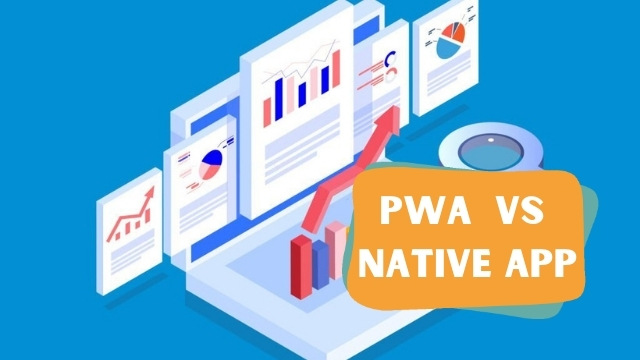If you’re trying to decide between a native app and a PWA, you might be wondering how they differ. Both are web applications, but some advantages of each outweigh the other. For starters, PWAs are easier to develop, use less battery power, and are easier to install. Here’s how each works. Which is better for your business? Let’s find out! Read on to learn more.
PWA
When talking about PWA vs native, There are several reasons why you should consider creating a PWA instead of a native app. One, a PWA is easy to set up and does not require the installation of a mobile app. A PWA uses the browser’s web components to render content, instead of installing an entire application. Other PWAs can be configured to function offline. This can greatly reduce the amount of data you spend on mobile data.
Another reason why people should consider creating a Progressive Web App is that it is faster and less prone to bugs. These applications are built on top of the web and are very reliable, both online and offline. Additionally, they are easy to share and launch. All you have to do to share your app is send your users a link to your website or a PWA. If they like what they see, they can save it to their home screen and access it whenever they need it. Because PWAs are created on web servers, there is less cost and time to maintain.
It Costs Less to Develop
There are many reasons to choose a PWA. PWAs are easy to develop and maintain. Compared to native apps, PWAs can be used for almost any type of app. PWAs are perfect for eCommerce platforms, media sites, and emerging markets. They also require less time to create and are compatible with multiple platforms. If your app is more complex, you may want to opt for a native app.
When compared to a native app, a PWA is more affordable. For one, PWAs use less memory. The average Android app takes 14,6MB of RAM. Apple’s iPad takes 37MB. While the iOS app size is generally higher, Android and Windows phone users experience an app with less memory usage. Lastly, PWAs can be much faster to develop because there’s only one version of code.
It Uses Less Battery
When comparing battery usage, PWAs use fewer resources and take up less space than native apps. Native apps tie into the operating system and have more power because they are written in native code. These apps are also faster and require less storage space. A business app can target a particular audience and be more relevant to them if it uses a PWA that accesses specific features and is adapted to a specific time and location.
In regions with expensive data networks, a PWA is a better choice. One company, Konga, reduced its data usage by 92% after converting its mobile site to a PWA. In Nigeria, two-thirds of mobile users access the Internet through 2G networks. On the other hand, native apps can save content to be used offline. Despite the battery-saving benefits of PWAs, there are other advantages to native apps.
It Is Easier to Install
If you’re looking for an alternative to a native app but don’t want to spend time coding, you can use a PWA instead. This is a simple HTML-based app that doesn’t require installation through the App Store. Instead of installing a fully native app, users simply visit a web page and click on the PWA shortcut. PWAs are much faster to install and have fewer drawbacks.
One key advantage of a PWA is its portability. The majority of users can install and use PWAs on their phones, which can save a company money on app development costs. The process of building a PWA can be done in a matter of days instead of months. It is also free and quick to launch. A native app is expensive to develop and takes longer to maintain than a PWA.





